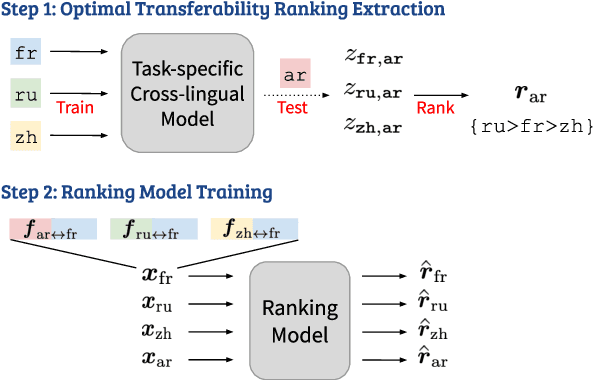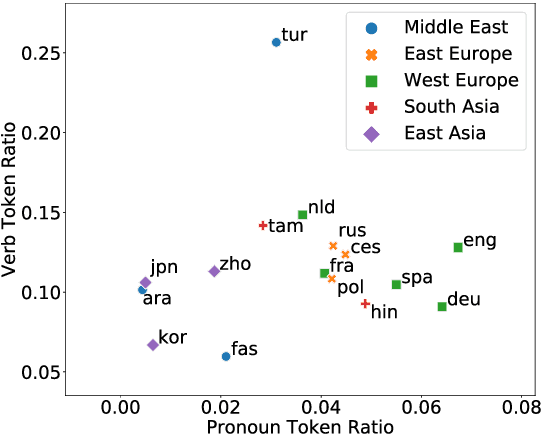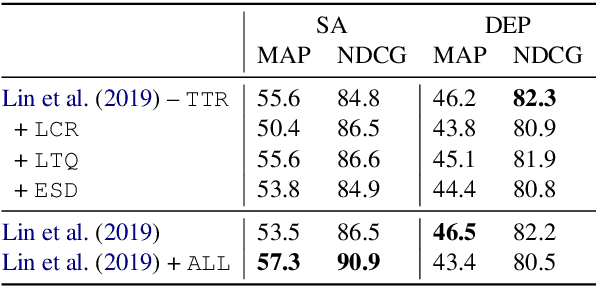Ranking Transfer Languages with Pragmatically-Motivated Features for Multilingual Sentiment Analysis
Paper and Code
Jun 16, 2020



Cross-lingual transfer learning studies how datasets, annotations, and models can be transferred from resource-rich languages to improve language technologies in resource-poor settings. Recent works have shown that we can further benefit from the selection of the best transfer language. In this paper, we propose three pragmatically-motivated features that can help guide the optimal transfer language selection problem for cross-lingual transfer. Specifically, the proposed features operationalize cross-cultural similarities that manifest in various linguistic patterns: language context-level, sharing multi-word expressions, and the use of emotion concepts. Our experimental results show that these features significantly improve the prediction of optimal transfer languages over baselines in sentiment analysis, but are less useful for dependency parsing. Further analyses show that the proposed features indeed capture the intended cross-cultural similarities and align well with existing work in sociolinguistics and linguistic anthropology.
 Add to Chrome
Add to Chrome Add to Firefox
Add to Firefox Add to Edge
Add to Edge